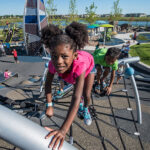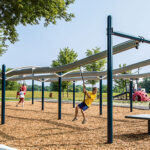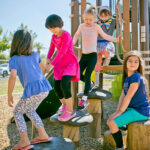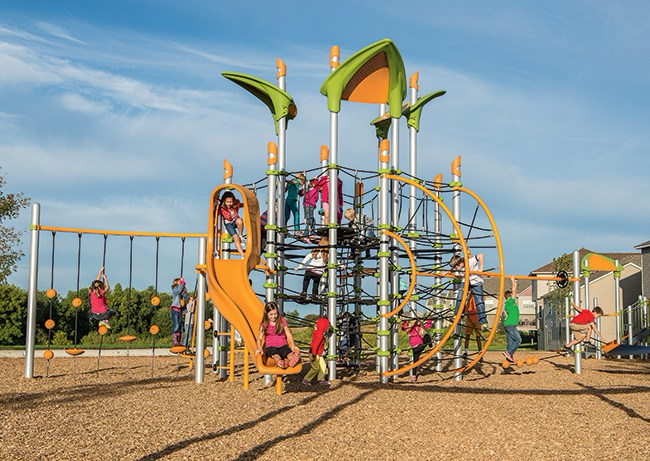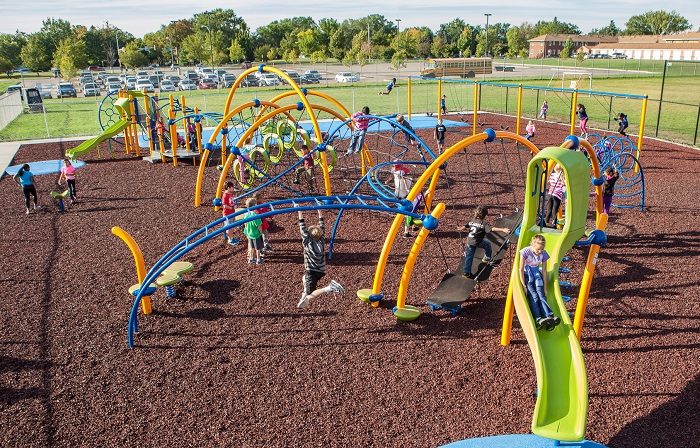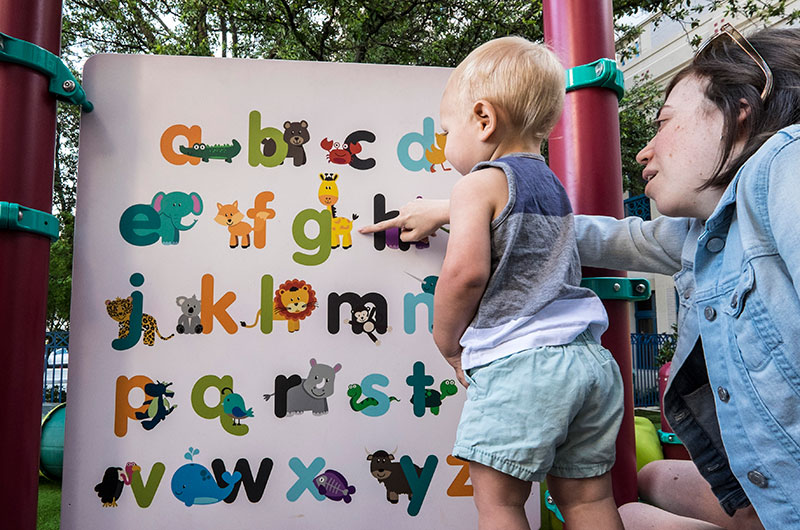
Child development experts tell us that what looks like mere child’s play is preparation for a successful adult life–as vital as learning to walk and talk. But few studies have examined patterns of play on specific playground equipment to assess how these play spaces might shape children’s development. To find out, we commissioned an observational study in partnership with the University of Minnesota Institute of Child Development.
Children demonstrated key developmental skills in a variety of ways, with behaviors often linked to specific types of equipment. For example, children’s gross motor play—seen on swings, slides, overhead events and climbers—may contribute to physical development. Imaginative play has been linked to language development, social competence and self-regulation. Even waiting in line requires children to take turns and consider others’ needs. To request a complete copy of the research whitepaper, go to playlsi.com/whitepapers.
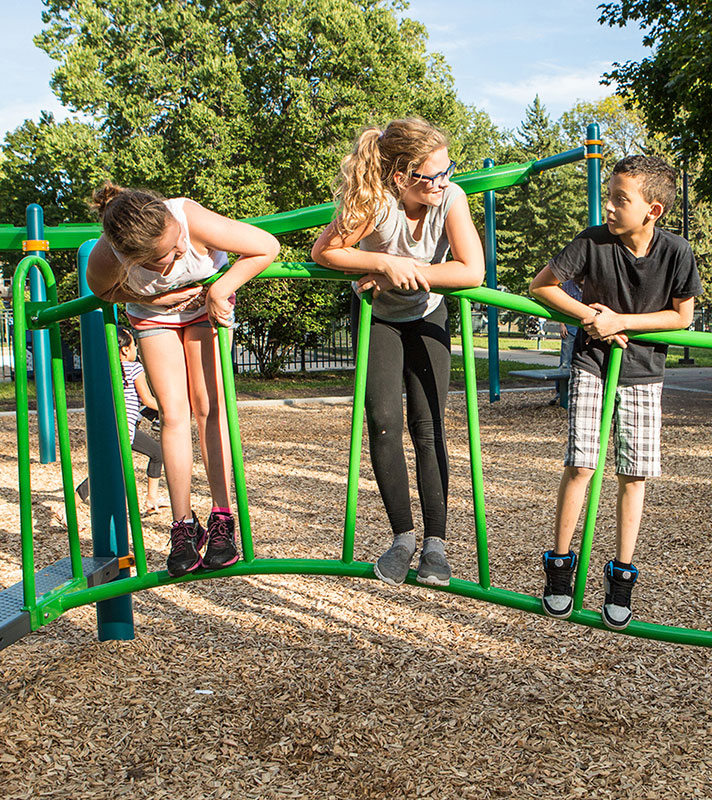
Our observations showed that well-designed play spaces contribute to the development of children. By helping them learn and practice key life skills, great playgrounds help children grow into healthy, well-adjusted adults. Watch our video below that brings the WHY of what we do to life.
[youtube https://www.youtube.com/watch?v=3878sEXPuVE]

